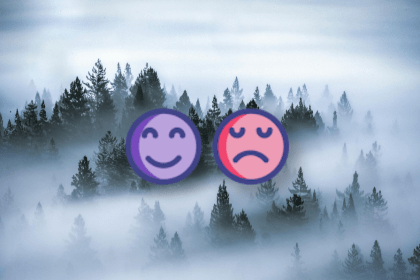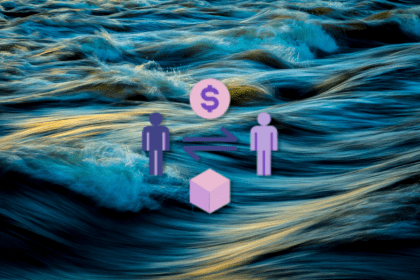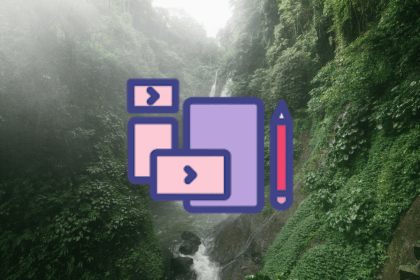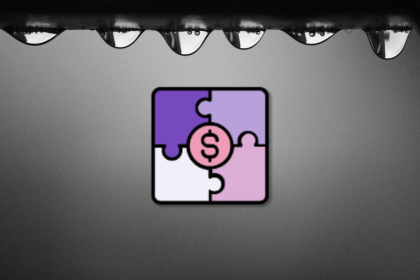
Marketing integration refers to strategically aligning marketing channels to create a consistent brand experience.

By mastering cross-selling techniques you can build long-term customer relationships and increase your customer lifetime value (CLV).

As a PM, you have to ensure that whatever updates are made to the product align with the overall goals of the company.

Product metrics are quantitative measures used to evaluate product performance and identify actionable insights.

Learn five essential lessons from guiding nine startups to an outcome-driven, product-led approach, including niche focus, flexible frameworks, and decisive action.

A happy customer is an enthusiastic advocate for your brand, a loyal repeat customer, and a source of positive word-of-mouth.

A/B testing is a method of comparative analysis where two versions of a product change (A and B) are tested against each other.

D2C enables you to reach out to your customers directly while controlling the entire brand purchase and after sales experience.

You could say that a landing page is the modern equivalent of flyers, but not limited to their static, limited form.

As a business, you want to find the specific set of consumers that will buy, use, and appreciate your products and services.

Spending enough time to understand the underlying problems of your users is the key to success in product management.

A positioning statement defines how your product fits in the marketplace and how you better solve your customers’ problems than competitors.